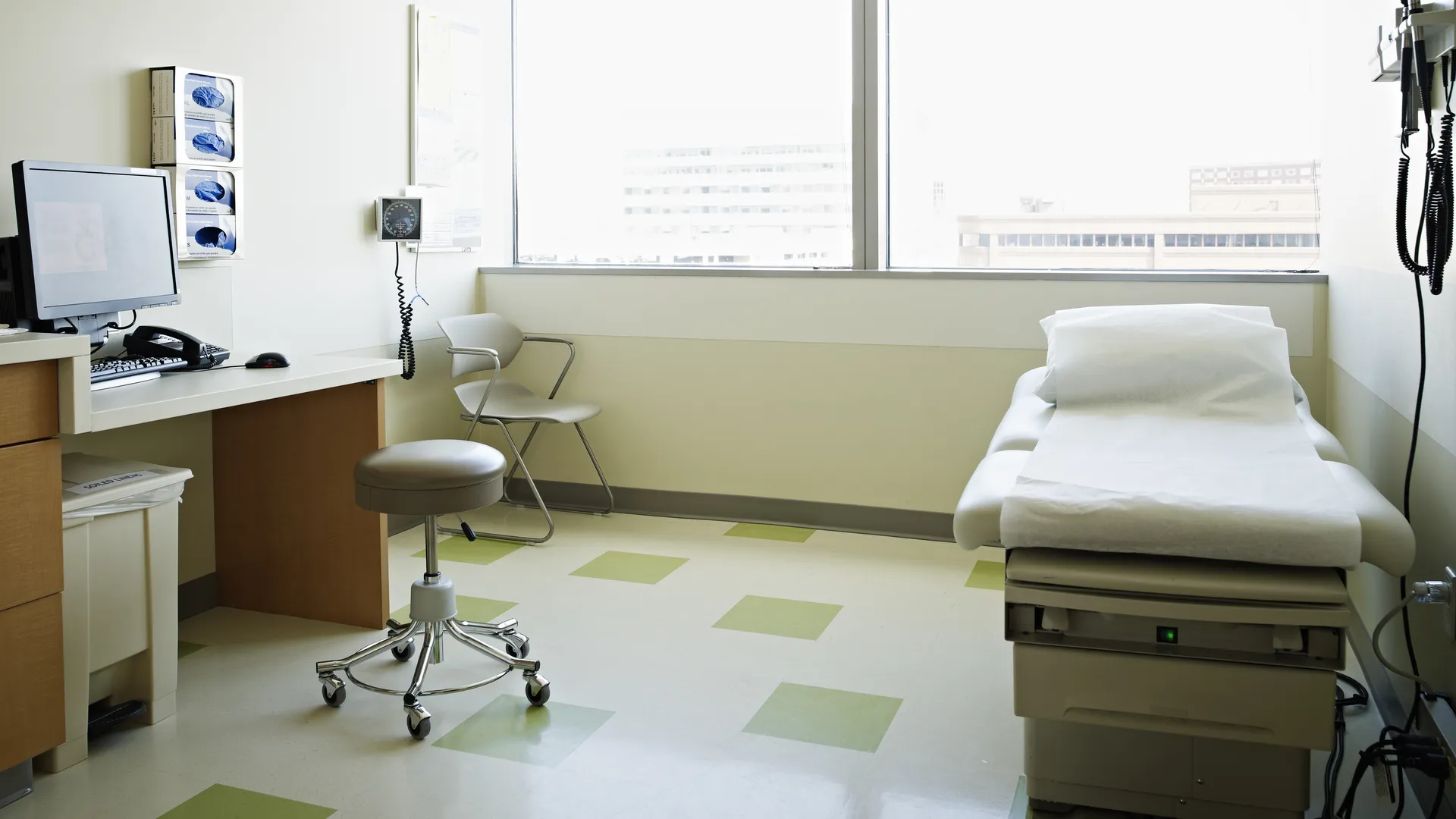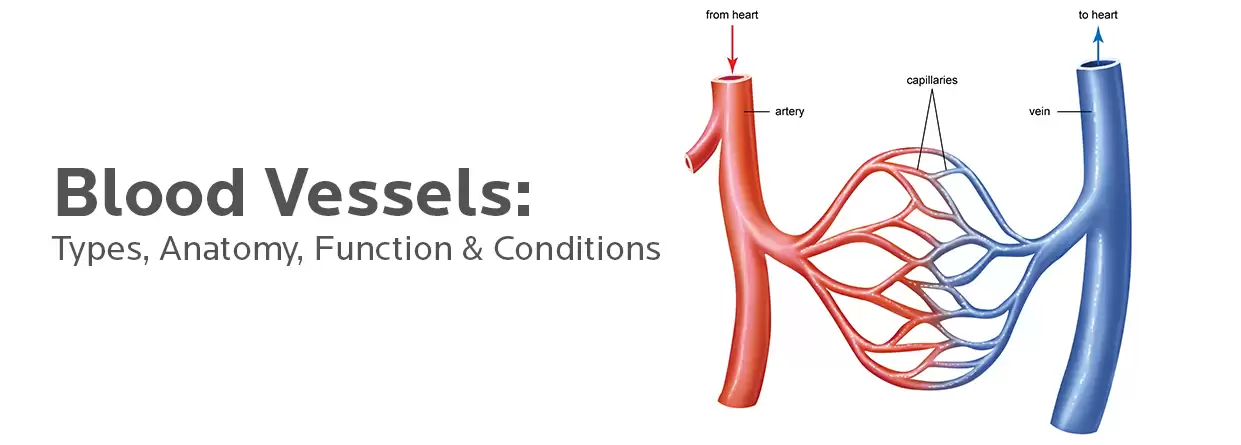Doctors’ offices, also known as medical practices or clinics, are the primary settings for providing healthcare services to patients. They offer a range of services, from routine check-ups to specialized treatments.
Types of Doctors’ Offices
- General practitioners (GPs): Offer primary care services for a variety of health conditions.
- Family medicine practices: Focus on providing comprehensive care for individuals and families.
- Specialty practices: Cater to patients with specific health needs, such as cardiology, oncology, or pediatrics.
- Group practices: Consists of multiple doctors working together in a shared facility.
- Solo practices: Operated by a single doctor.
Services Offered by Doctors’ Offices
- Preventive care: Regular check-ups, vaccinations, and screenings.
- Diagnosis and treatment: Diagnosing and treating a variety of illnesses and injuries.
- Chronic disease management: Providing ongoing care for chronic conditions, such as diabetes and heart disease.
- Referrals: Referring patients to specialists or hospitals for more advanced care.
- Education: Providing health education and counseling to patients.
The Role of Doctors’ Offices in Healthcare
- Accessibility: Doctors’ offices are often located in convenient locations and offer flexible hours.
- Personalized care: Doctors’ offices can provide personalized care and attention to patients.
- Community-based: Doctors’ offices are often integrated into the community, providing essential healthcare services to local residents.
- Coordination of care: Doctors’ offices play a crucial role in coordinating patient care and ensuring continuity of treatment.
Challenges Faced by Doctors’ Offices
- Rising costs: The cost of healthcare is increasing, putting pressure on doctors’ offices to manage their finances effectively.
- Staffing shortages: Doctors’ offices may face challenges in recruiting and retaining qualified staff.
- Electronic health records (EHRs): Implementing and using EHRs can be time-consuming and costly, but they can also improve efficiency and patient care.
- Administrative tasks: Doctors and their staff often spend a significant amount of time on administrative tasks, such as billing and insurance claims.
Doctors’ offices are essential community resources that provide a wide range of healthcare services. By understanding the types of doctors’ offices, the services they offer, and the challenges they face, individuals can make informed decisions about their healthcare needs.



